If you’re involved in eliciting, modeling, analyzing, or consuming requirements for business intelligence (BI) projects, then this post is for you.
What is Process Modeling?
I’m guessing most people have used process modeling in the past, but they may not have known the name for what they were doing. According to the IIBA®, the official definition of this technique is: “Process modeling is a standardized graphical model used to show how work is carried out and is a foundation for process analysis.” – BABOK® v3.0
Process modeling describes the sequential flow of work or activities. There are several different types of process models:
- Business
- System
- Program
Process models can also be depicted at different levels of detail.
What Are the Elements of a Process Model?
- Activities – the actions that are taking place (think verbs)
- Events – the things that happen
- Directional Flow – which direction a process flows
- Decision Points – junctures at which a decision needs to be made in a process flow
- Links – connections between items in the model
- Roles – generic roles representing a person or group of people
What Are the Types of Process Models?
Flowcharts
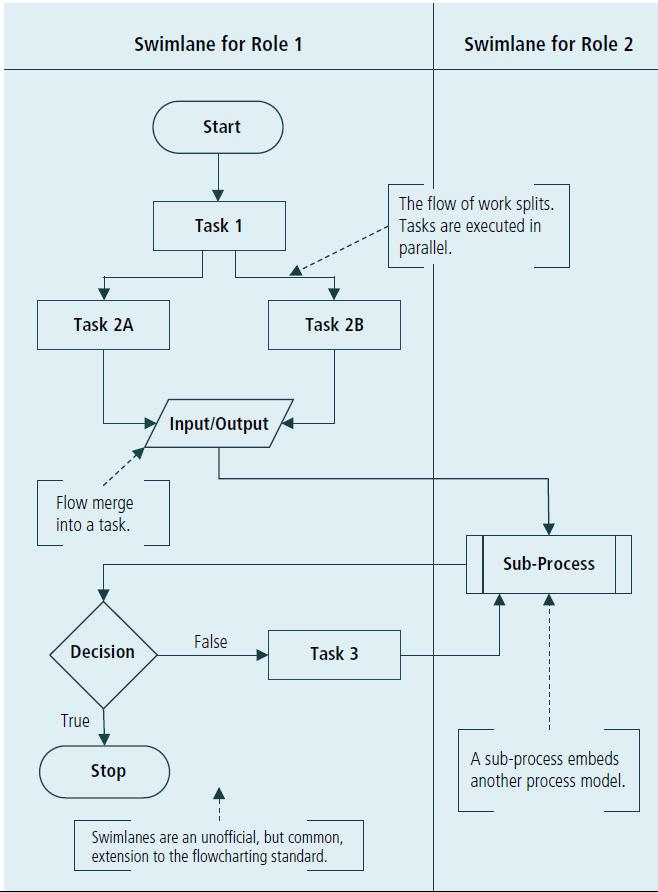
Example from: “BABOK® (Business Analysis Book of Knowledge)”, published by IIBA®
Value Stream Mapping
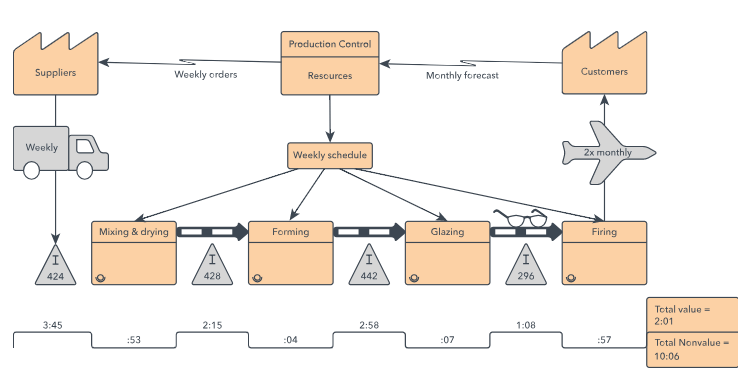
Source: https://www.lucidchart.com/pages/value-stream-mapping?a=1
Activity Diagrams
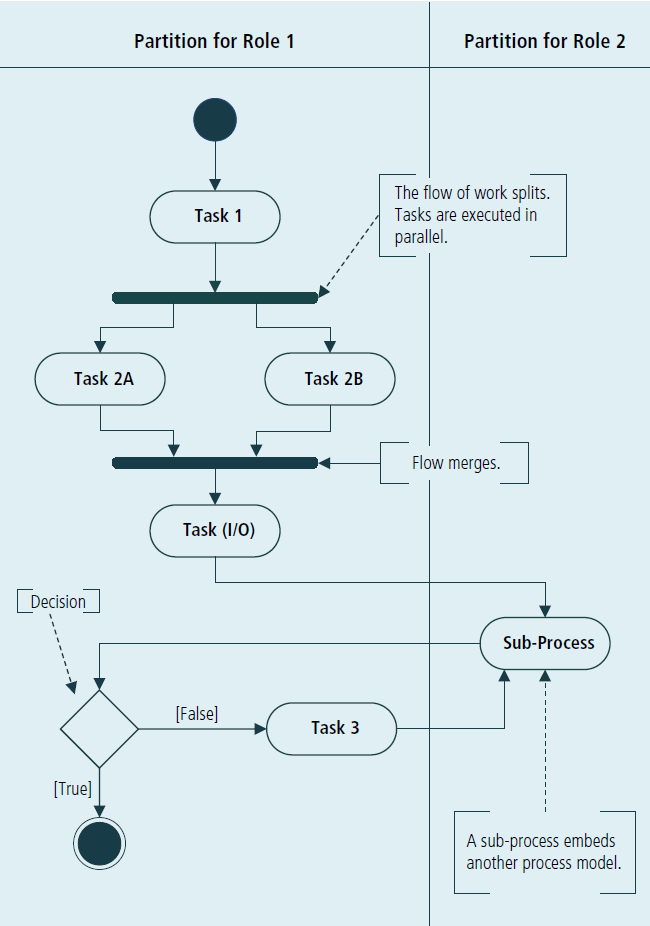
Example from: “BABOK® (Business Analysis Book of Knowledge)”, published by IIBA®
Data Flow Diagrams (UML)

Example from: “Business Analysis for Practitioners, a Practice Guide”, published by PMI®
Business Process Model and Notation (BPMN)
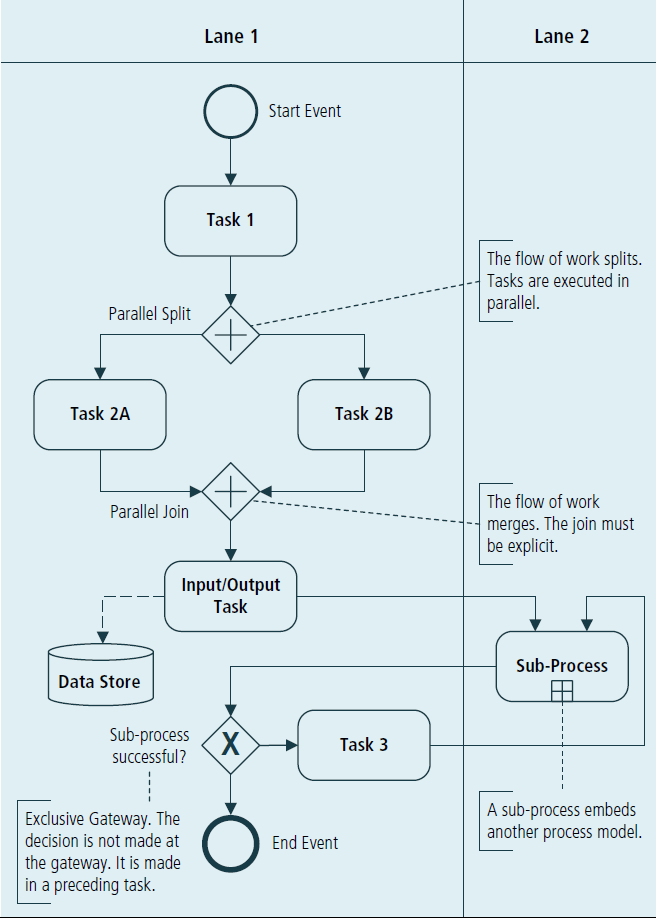
Example from: “BABOK® (Business Analysis Book of Knowledge)”, published by IIBA®
SIPOC
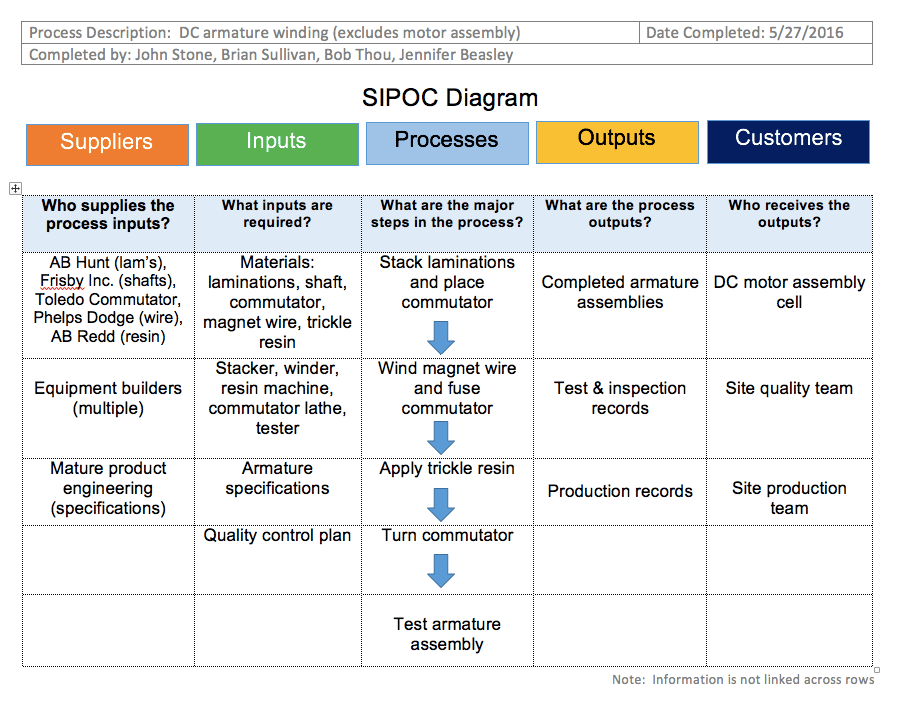
Source: http://sipoc.info/example-1-manufacturing/ And so on….
Pros
There are obviously multiple ways to document processes, depending on what your goal is for modeling them. Most of the models are easy to follow and don’t require special knowledge to understand.
Process models can be used for a variety of purposes, from identifying waste to documenting all the alternate flows, identifying who does what in a process, etc. They can be high-level or detailed. There are endless possible uses.
These models can also help you identify any gaps in your requirements.
Cons
Alone, process models don’t tell the whole story. In addition to process models, you’ll probably need other supporting models.
While the many ways to do process modeling could be viewed as a pro, it’s also a disadvantage. There are many different notations, and it can be confusing when you are exposed to multiple types.
If you go too deep on the models, they can be too big and too hard to decipher. In this event, I suggest breaking each step of the process into its own model and notate it on a high-level version.
Conclusion
Process models are very flexible, can help you better understand current processes, and they can help you document desired future states of processes. They can be used for many different purposes and will be understood by most people.
References:
“IIBA Home.” IIBA | International Institute of Business Analysis, www.iiba.org/.
“PMI.” PMI | Project Management Institute, www.pmi.org/.



